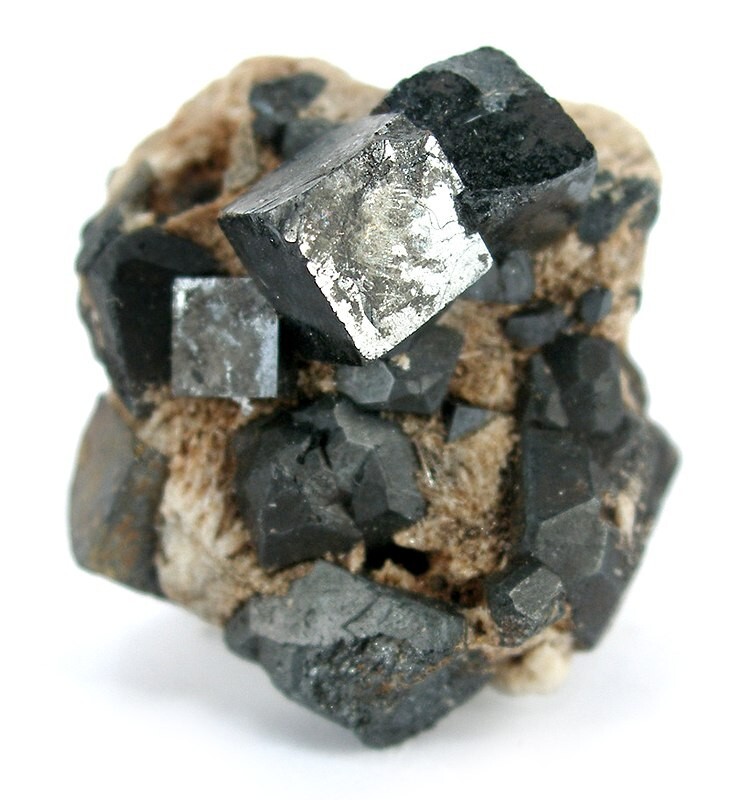7 January 2020
Is perovskite the future of solar cell production?
The Solar industry considers Perovskite a potential 3rd generation Photovoltaic (PV) which essentially means the industry is invested in Perovskite replacing or boosting current Solar specifications and manufacturing processes with this mineral as the foundation of solar production. The term Photovoltaic refers to the conversion of light into electricity using semiconducting materials that exhibit the photovoltaic effect, aka converting energy from the Sun.
What exactly is Perovskite?
Perovskite is a calcium titanium oxide mineral composed of calcium titanate with a notable crystalline structure. Its name is also applied to the class of compounds which have the same type of crystal structure as CaTiO₃, known as the perovskite structure.
Perovskite boost in efficiency
According to the recent findings in a report from SciTechDaily
“Scientists at the University of Cambridge studying perovskite materials for next-generation solar cells and flexible LEDs have discovered that they can be more efficient when their chemical compositions are less ordered, vastly simplifying production processes and lowering cost.”
As with silicon materials, scientists assumed the more ordered the structure, the more efficient it is. With Perovskite, this is not the case at all. The more disordered it is, the more capable the material is for the photovoltaic effect.
Perovskite vs crystalline silicon for Solar Cell Production
The most commonly used material for producing solar panels is crystalline silicon which is not exactly cost effective to produce nor is it a fast process manufacture. Perovskite on the other hand is currently used in 2% of solar panels worldwide and recent potential advances in Perovskite may just boost this in the future.
The usage of Perovskite material in solar production could also unshackle traditional solar cell technology and offer far more advances and use in the future:
- The lead salts used to make solar cells are much more abundant and cheaper to produce than crystalline silicon
- The components used to make the perovskite can be changed to give the materials different colours and structural properties
- You only need a very thin film of this perovskite material – around one thousand times thinner than human hair – to achieve similar efficiencies to the silicon wafers currently used
Due to these advancements and the density of the film required, traditional looking solar powered cells could be a thing of the past. In the future, you could see homes and cars powered by solar windows or you may even use a mobile device that has a display screen doubling as a functioning solar cell charger.
To summarise, perovskite solar cells aim to increase the efficiency and lower the cost of solar energy in general and current Perovskite PVs advancements hold massive promise for high efficiency, in both manufacturing and processing costs.
For more information in this post, check out the following resources: –
https://en.wikipedia.org/wiki/Perovskite
https://scitechdaily.com/big-surprise-discovery-increases-perovskite-solar-cell-efficiency/
Suggested articles
No articles found

